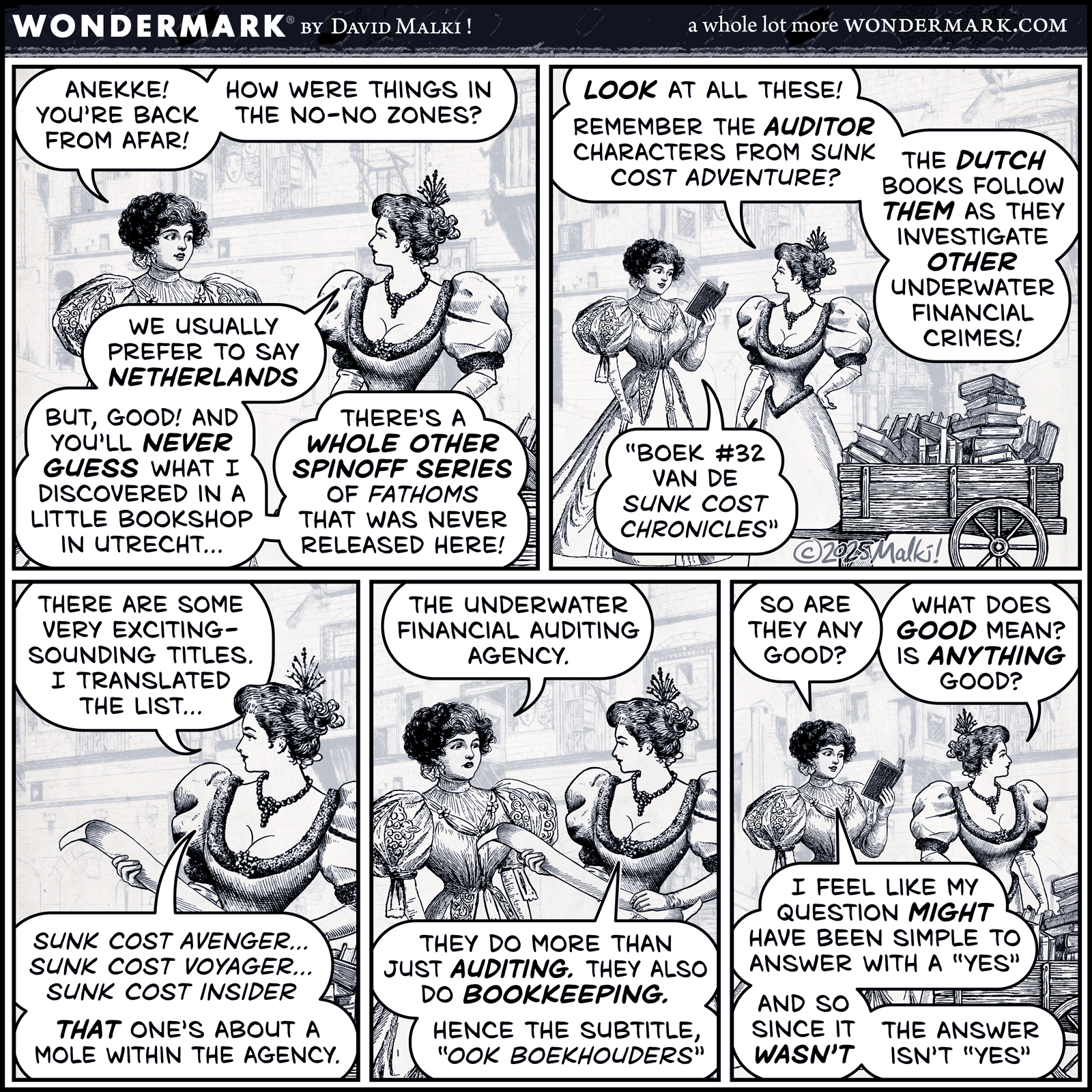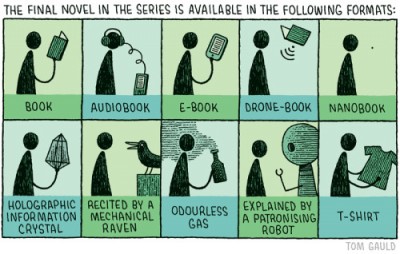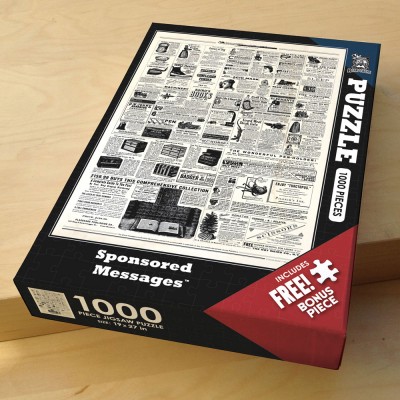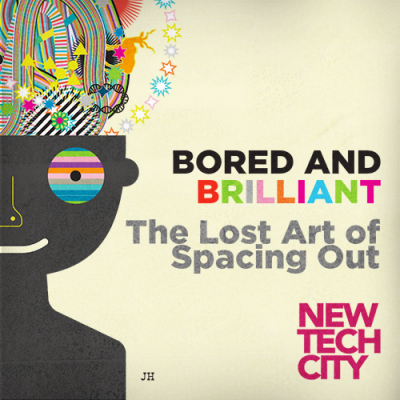On to Part 2 of the books I read in 2014! (Here’s part 1. It is somewhat 100-year-old terrible-youth-adventure-novel heavy.)
The Righteous Mind: Why Good People are Divided by Politics and Religion by Jonathan Haidt
Format: Hardcover from library
Above in this post I’ve embedded a TED talk by Jonathan Haidt (one of three that he’s done) that lays out in simplified form the “moral foundations” theory that he explores in detail in this book. I heard Haidt give a radio interview on the topic, and after trying unsuccessfully for quite a while to guess the spelling of his last name just by hearing it (Haight? Heit? Hayt?), I found the TED talk and watched it, then visited his website and read more about this book and his research into the social psychology of morality.
Philosophers and theologians have argued about how to define morality, but in this book Haidt attempts to do no such thing: instead, he describes how existing groups of people define morality, through surveys and research and statistical analysis, and from that data he attempts to describe the basic building blocks of morality.
Without hyperbole, The Righteous Mind is a book that changed the way I think. Haidt describes a series of studies, conducted by himself and others, surveying different cultures’ concepts of morality and distilling the common themes.
These commonalities, he argues, represent the things that we as humans choose to value, because they may be the things that helped our social species flourish where other evolutionary groups of humans did not. Chiefly, he claims, these core values are what help bond large groups of non-kin together, and inspire them to act cooperatively for mutual benefit. We survive as descendants of the groups that figured out these values, which is why we see these common threads in many different cultures.
The thing that I really love about this book is that it presents a compelling rationale for why intelligent people can disagree about moral matters. Political arguments can provoke a feeling of disdain — how can those idiots think that way? Can’t they see the facts? — and Haidt’s theory explains how people can have sincere political differences without being unintelligent or uninformed.
Which I like — because personally, I want to believe that people I disagree with politically are still fundamentally moral people who have the best interests of others at heart. Believing one’s opponents to be vile hatemongers solves nothing — it just makes it harder to work together with others, which is something we all have to do to survive.
Here’s Haidt’s theory in a nutshell:
Human beings from different cultures around the world tend to build their idea of morality on six “moral foundations”: care for the weak, fairness, loyalty, respect for authority, respect for sanctity, and freedom from oppression.
Haidt’s research found that these are the basic ingredients for a culture’s idea of moral behavior. But — and this is where it gets crazy — different groups make different moral recipes using those same core ingredients.
For example, according to Haidt’s surveys, people who identify as “liberal” in America tend to place a high value on caring for the weak and seeking fairness. People who identify as “conservative” care about those things too, but place an equal or higher value on loyalty, respect for authority, and sanctity. This explains why conservatives as a whole can seem to care more about ideals like patriotism, or various forms of “purity”, that liberals don’t give as much credence to.
Both views on that axis — “patriotism is moral” and “patriotism isn’t necessarily important” — make sense to people operating within their own respective morality (or “moral matrix”). But to the conservative, the liberal hates America, and to the liberal, the conservative is a blind jingoist.
It’s not that one is wrong and one is right, or one is moral and the other is immoral — it’s that to each person, the other person’s beliefs fall outside their moral matrix. So the other person’s beliefs don’t make sense.
I’m just scratching the surface here. There’s also a whole other bit about how we tend to make snap decisions in concert with our existing moral matrix, but then unconsciously rationalize them — even when we think we’re being objective and logical. If you’ve been reading Wondermark for any length of time you know that these types of ideas are fascinating to me.
Anyway! I recommend that you read this book, or seek out Haidt’s TED talks or many published articles on this subject. I’m not kidding when I say it changed how I think — I started visualizing everyone acting within their individual moral matrix, and the odd decisions that other people made suddenly started to make sense. I also started to notice when people debating were lobbing dud arguments that they didn’t realize the other person would have no chance of taking seriously.
It’s nuts how much internalizing this “moral foundations” theory can change how you see the world — and I believe for the better; in a direction that increases the chances for cooperation and profitable discourse between even people who disagree. Read it!
Under the Banner of Heaven: A Story of Violent Faith by Jon Krakauer
Format: Paperback from library
I read Krakauer’s Into Thin Air a few years ago and found it super gripping and compelling. So I picked up this other book by him, about the history of the Mormon church in America, and certain individuals and communities that committed terrible atrocities — that, of course, the contemporary Mormon church doesn’t have much of an interest in discussing. I guess if I were a Mormon-hater I’d really lap up all the juicy details, but even ignoring the finger-pointing, it’s interesting enough as history.
Neuromancer by William Gibson
Format: Downloaded ebook
This is another of those books that I thought “I should probably read this some day.” I think I was actually prompted by someone’s offhand mention of a plot point — it was one of those situations where you hear an idea, and get mad because someone else already did it before you could! So I thought I should read the book to see how he did it thirty years ago or whatever, and as it turns out, his treatment of the minor idea was totally different from the story idea I’d had.
Anyway, this is a classic of sci-fi, and it’s certainly distinctive in its way. It’s hard to tell from this vantage point how groundbreaking it must have been at the time.
Saga, Volume 3 by Brian K. Vaughan & Fiona Staples
Format: Trade paperback borrowed from friend
This is the latest volume of the series I raved about last year! Continues to be good, continues to be recommended for fans of character-driven space opera.
Snowpiercer Vol. 1: The Escape by Jacques Lob & Jean-Marc Rochette and
Snowpiercer Vol. 2: The Explorers by Benjamin Legrand & Jean-Marc Rochette
Format: Hardcovers borrowed from friend
These two Snowpiercer books (from which the movie was adapted, of course) were recommended to me by a comics-loving friend before I even heard about the movie. When I eventually went to see the movie, I got to tell a different, movie-loving friend that the movie was an adaptation — he’d thought it was original.
After we both watched the movie, he came up to me and said “I kept wondering how the comics treated those certain scenes!” And I had to break the news to him that those scenes weren’t in the comic, because nothing survived the adaptation besides the most general premise. The comics are very different from the movie, slightly less bonkers perhaps, or at least bonkers in a less flashy, more mud-spackled way.
Again, it’s hard to tell how reading this must have felt when it was originally released, decades ago. Turns out the original author died after writing the book, but the second volume was released a decade later with a different writer. I guess this would be like packaging Watchmen and Before Watchmen in the same slipcase.
Before the Golden Age, Book 1 ed. Isaac Asimov
Format: Paperback from my mom’s house
We were cleaning out my mom’s house this summer and I came across these three paperbacks. Part autobiography, part anthology, the three books (originally issued as one large hardcover) were Asimov’s chance to reprint the early sci-fi stories that he remembered reading and being inspired by as a kid. He’d read pulp magazines at his father’s newsstand but never got to keep them — so these are the stories that stuck in his memory all the years later, and he revisits them here for the first time since then.
I really liked both his reminiscences and the stories themselves. I finished the first paperback and opened the second, but it was missing the first 14 pages. So, I got a copy from the library and photocopied out the missing pages, then taped them into my copy of the book…but by the time all that got done, I’d already started reading the next book on my list. I’ll probably come back to this series in 2015.
The Telling by Ursula K. Le Guin
Format: Hardcover from library
As I mentioned last year, I think I’d like to eventually become an Ursula K. Le Guin completist. This is another of her Hainish novels, the loosely-connected but functionally independent series that’s usually about ambassadors visiting new planets. In this one, a woman from Earth visits a planet that’s recently undergone a cultural revolution, and she tries to seek out traces of the older culture that’s being erased by the new regime.
One of the things I really liked was the way Le Guin made each culture’s language shape the way those people thought, and even the kinds of things they thought about. I asked on Twitter for recommendations of works that explored matters of language in similarly interesting ways, and a few titles lower on this list are the result of that request. (Linking it here for my own reference — and yours!)
The Barnum Museum by Steven Millhauser
Format: Hardcover from library
I checked out this book because I got on a jag about the voyages of Sinbad for some reason, and this collection of short stories contains one called “The Eighth Voyage of Sinbad”. This is also the book containing the story “Eisenheim the Illusionist”, which was adapted into the Edward Norton movie The Illusionist, which I created some TV spots for back when I worked for an ad agency. These two tenuous points of contact with my interests made it worth reserving the book at the library.
Those two stories stick with me well enough, but in general I decided I wasn’t a fan of Millhauser’s dreamy writing style. I also had to bail on one of the stories in order to return the book on time, so, like, I guess when the rubber hit the road I decided it wasn’t worth 15 cents in overdue fees. I’m very sorry for that, Mr. Millhauser. I’m sure you’ve done many wonderful things in the years since this book was published.
The Disaster Artist: My Life Inside The Room, the Greatest Bad Movie Ever Made by Greg Sestero
Format: Kindle
If you’ve seen the movie The Room, this book will probably be hilarious. If you haven’t, or have but don’t understand its appeal, it might not be.
As for me, I drove by Tommy Wiseau’s leering black & white face on a billboard every single day on Highland Avenue in Hollywood for years, wondering who in the world would pay for a billboard for an independent movie for that long. I even remember the day when the billboard was updated to add a neon yellow drop-shadow to the title.
One slow day in 2004, working the night shift at the ad agency, I convinced my co-worker to go to a late screening of The Room on Sunset Boulevard. Tommy Wiseau was there, sunglasses at night, and I asked him why the guys in the football-tossing scene are all wearing tuxedos, since there’s no wedding in the film.
Tommy’s slurred but confident response was that it was “so we would think about that very question.” This book, by Greg Sestero, is surely embellished and dramatized a bit, but it’s full of Tommy Wiseau moments that leave you with your jaw on the floor.
No Words by R.N. Adams
Format: Kindle
Doesn’t look like this is on the Kindle store anymore, but there’s a downloadable version at the link above. This is an erotic novella, which is not usually my cup of tea, but the author is a friend of a friend, and it was pitched as “consent-focused romance”, which intrigued me so I thought I’d check it out. It’s…super duper steamy, everyone.
Sex Criminals, Vol. 1: One Weird Trick by Matt Fraction & Chip Zdarsky
Format: Trade paperback from library
Sex Criminals is a comic about two people who discover that when they have sex, they can freeze time. So, they use this power to rob banks. You’re either into this immediately or you’re not, I suppose; I, personally, am!
Empire by Mark Waid, Barry Kitson, & James Pascoe
Format: Trade paperback from comic store
I picked this up a million years ago in a sale, and it sat unread until I read Sex Criminals in an afternoon and raided my shelf hungry for more comics.
It’s ostensibly about “what happens after the supervillain succeeds in taking over the world?”, which is a pretty fun pitch. This book isn’t very good, though. It’s melodramatic and confusing and I really, really don’t like the art.
Batman: The Doom That Came to Gotham by Mike Mignola
Format: Trade paperback from comic store
Another shelf raid. This is an Elseworlds story that sees Batman fight Lovecraftian horrors from the frozen wastes. I first read this years ago, before I really had any conception of Lovecraftian horrors or the tropes thereof, and didn’t really understand it. It reads somewhat better now that I know what Cthulu is, and Mignola’s art is great as always, but you really get the sense that this could have been longer than just three issues, because all the drama occurs very quickly and in abbreviated fashion, with the sense that it’s being crammed into the pages allotted.
Runaways, Volumes 1-4 by Brian K. Vaughan, Adrian Alphona, & Craig Yeung
Format: Trade paperbacks from comic store
This is a young-adult-type comic about teens who discover that their parents are all secretly supervillains. Just like all teens’ parents, am I right?? I thought it was OK; it’s printed on newsprint, maybe for cost or maybe so it feels more like one of those mangas that the kids like, and I had some issues with the art. All the characters make the same sort of pursed-lip expression all the time.
I think the bar is low enough for comics that they’re often called “great” when they’re simply “not actively bad”. This book is not actively bad.
Hawkeye, Vol. 1: My Life as a Weapon by Matt Fraction, David Aja, et al.
Format: Trade paperback from library
I’ve heard a lot about Matt Fraction’s run on Hawkeye (he’s also the writer of Sex Criminals, above) that paints Clint as an everyman, the non-super Avenger dealing with human-sized issues. For someone who doesn’t care about superheroes really at all, I enjoyed this a lot, and I also really like the art.
Brain Camp by Susan Kim, Laurence Klavan, & Faith Erin Hicks
Format: Paperback from library
I browsed the graphic novels stack at the library and grabbed this at random. It’s a YA-type story about kids who discover a crazy, horrible secret at their summer camp. It was a very breezy read, not quite for me I don’t think, but Faith Erin Hicks’ art is always a treat to look at.
A Pattern Language: Towns, Buildings, Construction by Christopher W. Alexander, et al.
Format: Hardcover received as gift
I found this book on Cool Tools and put it on my Christmas list…in 2011. It’s a thick book, a bit like a textbook perhaps, but I did eventually read it all, and in the end I do actually recommend it.
The book is the collected conclusions of researchers who studied how people live, work, move around cities, gather, hang out in various places, and form communities. Each section of a few pages describes some type of environment — starting at a macro level (towns) and moving down with increasing focus through neighborhoods, blocks, offices, houses, even down to individual rooms — and offers recommendations for ways to structure that environment for maximum utility and harmony.
It’s like feng shui, I suppose, except in the reedy voice of a Berkeley professor from the seventies who cites studies from Hungary in his reasoning. The first part of the book, recommendations for the structure of towns and neighborhoods, are a bit hard to implement on a personal level, but it’s an interesting introduction to the sorts of ideas at play: no concession to how things are currently, just straight instructions for how to design a town from scratch.
I don’t have the book in front of me to cite examples of that, but many of the smaller-scale examples stick in my memory because they just seem right, articulating things I’ve felt but never really put into words, or maybe never even quite felt until I saw it on the page. Some that I recall are:
- Design rooms so they have windows on, and let in light on, two sides
- Gardens and yards in the northern hemisphere should face the south
- Front yards and patios should be elevated above the sidewalk to create a separation between private and public space
- Large interior windows should contain seating nooks
- Workers at desks should have a wall at their back and one side, and be able to look out into a larger area, but be separated from it by a partition (e.g. a half-height wall, or doorway)
- An area where people are to meet should have a large number of mismatched chairs…
The recommendations are very specific, and come with various levels of urging. I was also struck by many recommendations toward the development of communal space (probably belying the book’s Berkeley origin), because they seemed like decent ideas that nonetheless are really uncommon in urban areas. For example, housing elderly relatives in a guest house on the property, so they have independence but are still close at hand; having groups of homes face a common, non-roadway area where kids can pass through or play within sight of multiple homes; or having craftspeople and workers carry on their work in areas with open doors, so neighborhood kids can observe and begin to learn about the trades.
This book doesn’t need to be read cover to cover, but if you’re designing a living or working space, it’s worth finding a copy at a library and perusing the relevant recommendations — if for no other reason than to make you consider various questions you might not have. I know I look at windows and garden paths differently now.
That’s the end of part 2! Next week — the thrilling finale to this list of books!








